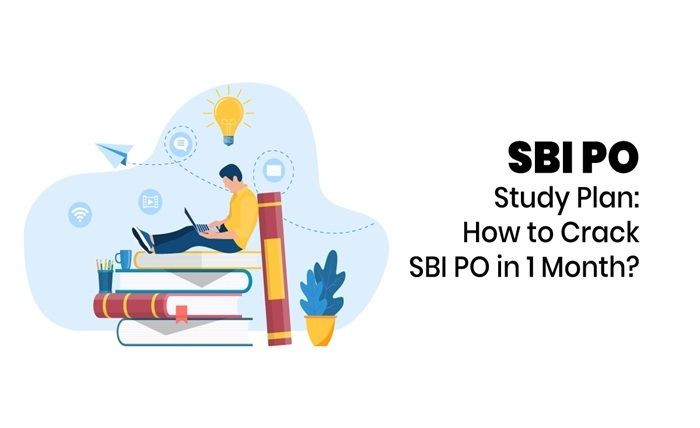How SBI PO Previous Year Cutoffs Can Guide Your Study Plan
Preparing for the SBI PO exam isn’t just about covering the syllabus—it’s about studying smart. Many candidates spend months reviewing concepts yet struggle to assess their readiness for the test. Understanding score trends from past years can bridge this gap, offering valuable insights into preparation strategies.
SBI PO previous year cutoff scores serve as a benchmark, helping aspirants set realistic targets. These numbers reflect past performance trends, exam difficulty, and competition levels. By analyzing them, candidates can identify scoring patterns and adjust their approach. Explore how past score analysis can refine your study plan and boost exam readiness.
Understanding Score Trends
Exam scores fluctuate based on multiple factors, including question complexity and candidate performance. Studying past marks helps aspirants anticipate potential trends and ensure they prepare accordingly. When scores rise, they indicate a relatively more straightforward test, while a lower threshold suggests increased difficulty.
Tracking these trends allows candidates to gauge their preparation levels. Instead of relying solely on mock tests, they can compare their practice scores with past requirements. This ensures a balanced preparation strategy that aligns with real-world expectations. Adapting study techniques based on historical trends significantly enhances overall performance.
Identifying High-Scoring Sections
Not all sections contribute equally to the final result. Logical reasoning and quantitative aptitude typically play a crucial role in determining success. To achieve a competitive score, these areas require strong problem-solving skills, speed, and accuracy. Without a targeted approach, aspirants may spend excessive time on less impactful sections.
Conversely, language proficiency and general awareness provide opportunities to boost overall marks with less time investment. Recognizing which sections contribute most to success helps candidates refine their study focus, leading to higher efficiency. A well-balanced approach ensures no section becomes a weakness while maximizing overall potential.
Adapting to Exam Difficulty with Strategies
Exam complexity varies each year, affecting test-takers’ overall performance. Sometimes, reasoning or quantitative aptitude may be more challenging, lowering average scores. In other years, general awareness of English may present unexpected difficulties, requiring a shift in preparation strategy.
Reviewing past performance data helps candidates prepare for different difficulty levels. This adaptability reduces stress, ensuring unexpected twists in question patterns don’t throw aspirants off track. When a strategy accounts for variations, candidates gain a competitive edge over others who rely solely on fixed study plans.
Setting Realistic Goals Based on Data
Aspirants often set unrealistic targets without considering actual exam trends. Past score analysis helps determine a reasonable goal aligning with performance patterns. This prevents overconfidence while avoiding unnecessary anxiety about scoring beyond achievable limits. Having a structured roadmap makes preparation more manageable.
Candidates create a structured approach by setting a study goal based on historical figures. Knowing where to focus ensures better time management, allowing for steady progress rather than last-minute panic. This method instills discipline, improving the likelihood of meeting or exceeding the qualifying score.
Practicing with Previous Year Question PDFs
One of the most effective ways to strengthen preparation is to use past exam papers in PDF format. These documents provide a real-time simulation of exam conditions, allowing candidates to familiarize themselves with question patterns and difficulty levels. By consistently working through them, aspirants develop a structured approach to problem-solving, making it easier to tackle complex sections confidently.
Additionally, practicing with PDFs enables self-assessment, helping candidates track their progress over time. Identifying weak areas early on allows for targeted improvements, ensuring a well-rounded preparation. Moreover, solving these papers under timed conditions enhances speed and accuracy, which is crucial for maximizing performance on exam day.
SBI PO previous year cutoff scores provide essential insights into preparation, helping aspirants refine their study approach. An innovative study plan based on score analysis ensures that efforts are directed where they matter most. Strategic preparation based on past data eliminates uncertainty, making the study process more efficient. With the right approach, aspirants can optimize their preparation, maximize their potential, and confidently aim for success.







